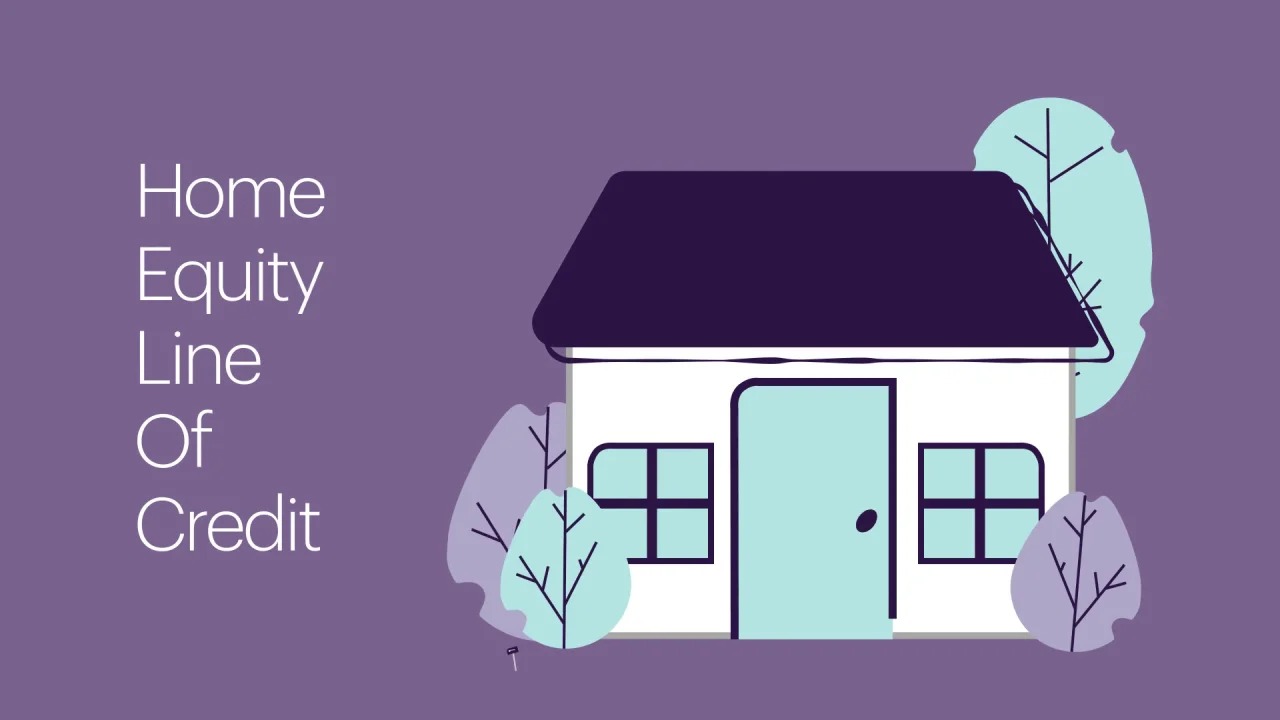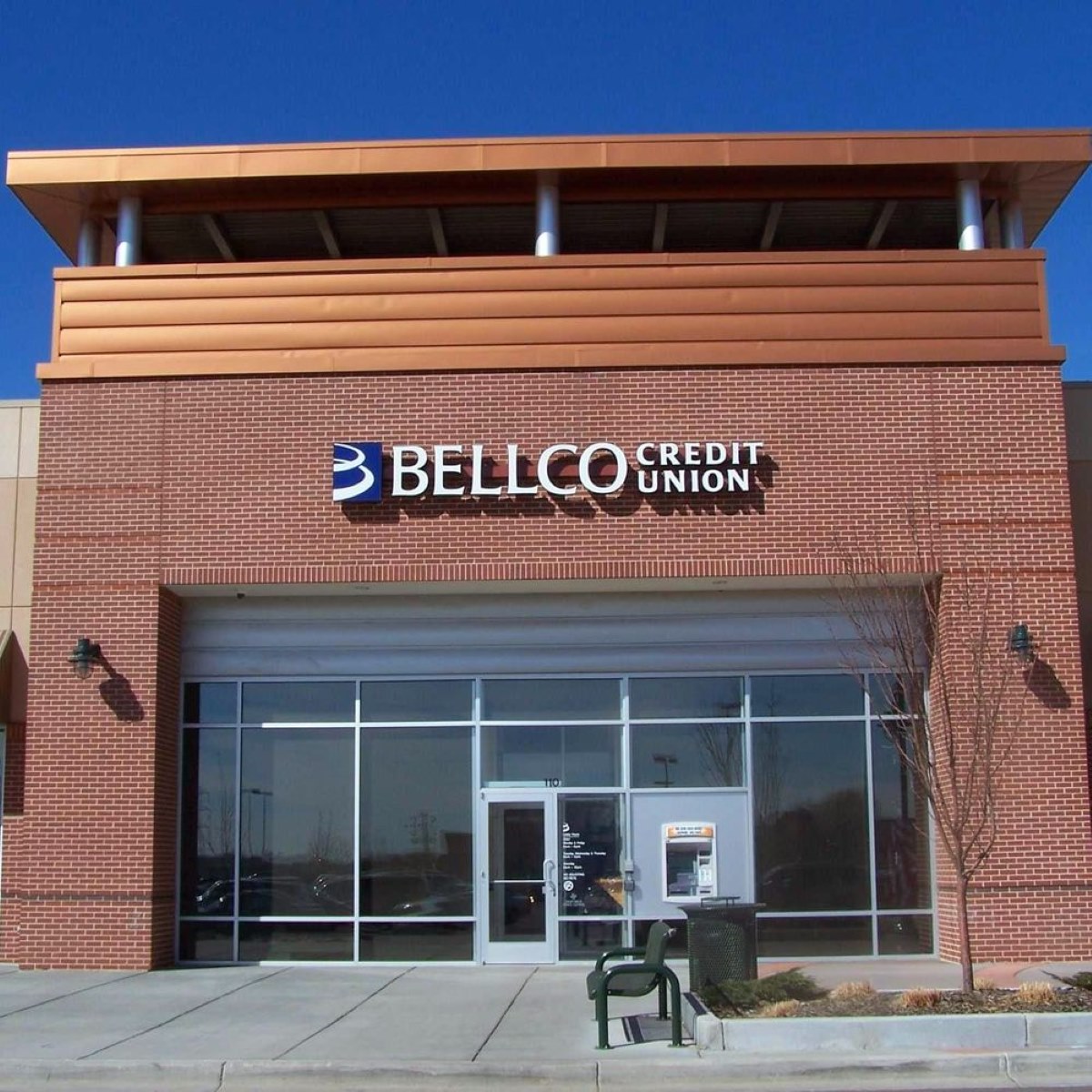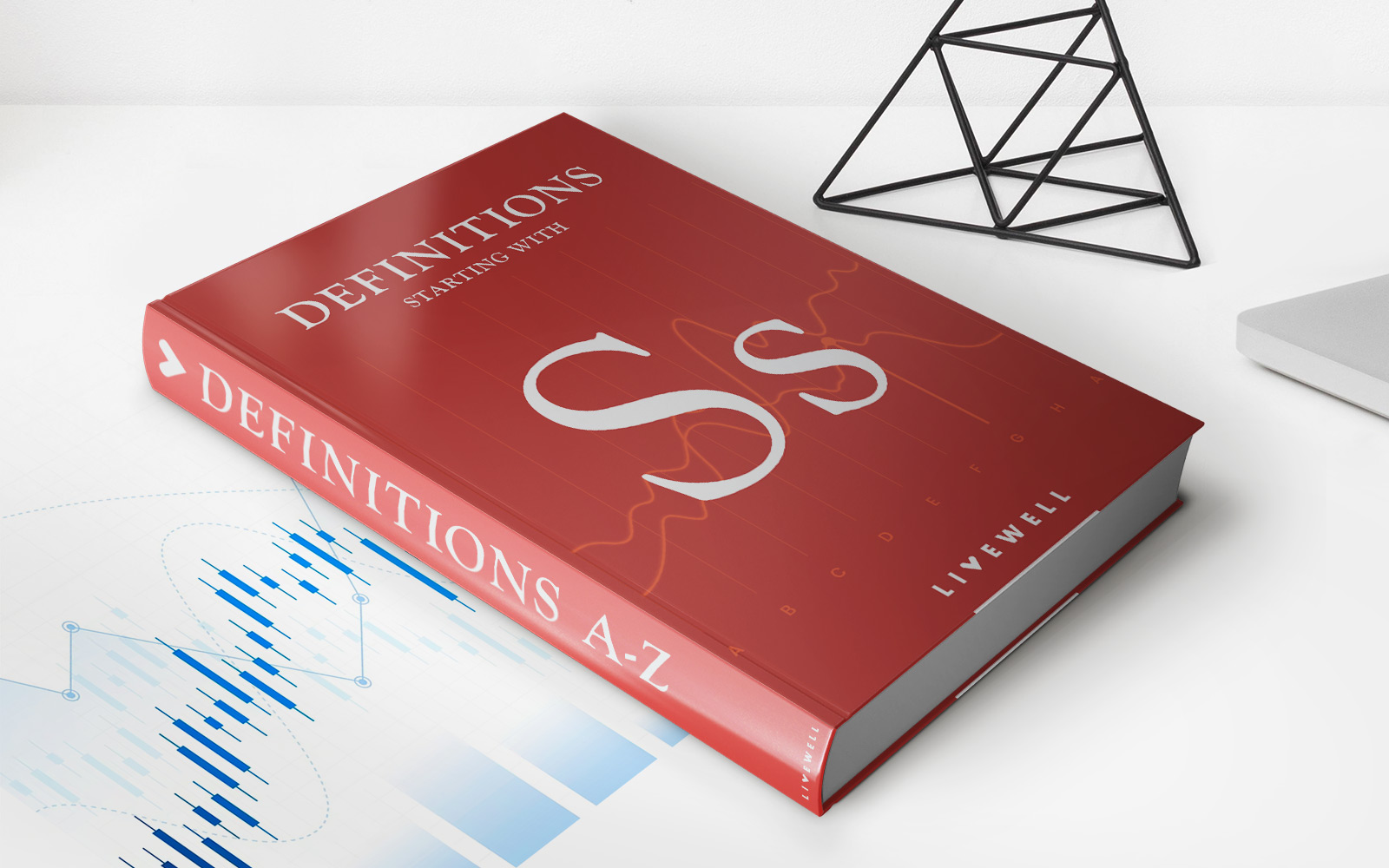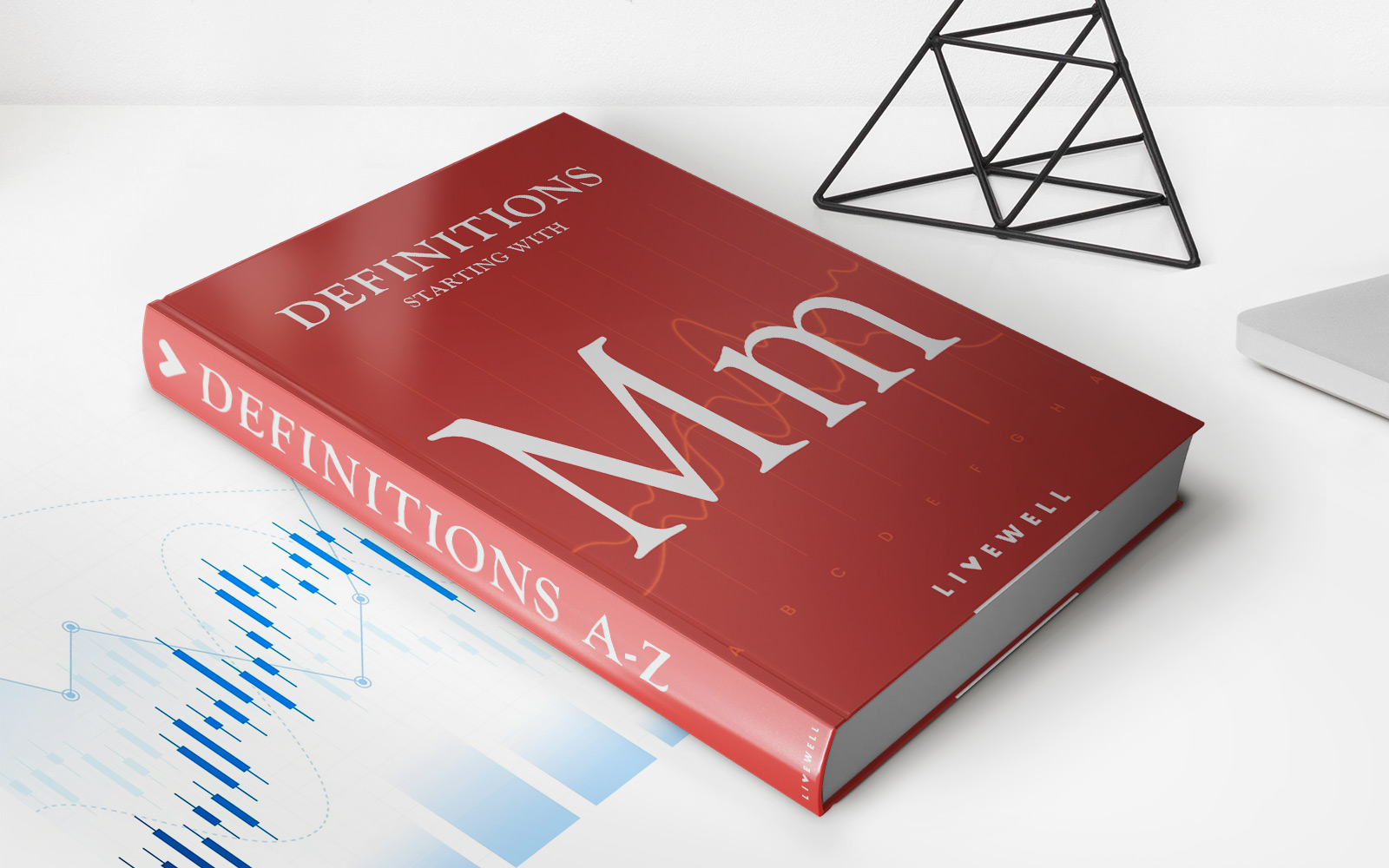Home>Finance>How Many Days Grace Period Do You Have On An Equity Line Of Credit?


Finance
How Many Days Grace Period Do You Have On An Equity Line Of Credit?
Published: February 21, 2024
Learn about the grace period for equity lines of credit in finance. Discover how many days you have to make payments and manage your finances effectively.
(Many of the links in this article redirect to a specific reviewed product. Your purchase of these products through affiliate links helps to generate commission for LiveWell, at no extra cost. Learn more)
Table of Contents
Introduction
Equity lines of credit, often referred to as HELOCs (Home Equity Lines of Credit), are powerful financial tools that allow homeowners to tap into the equity they've built in their homes. This flexible form of borrowing provides access to funds for various purposes, such as home improvements, debt consolidation, or unexpected expenses. However, understanding the nuances of a HELOC is crucial to making informed financial decisions and maximizing its benefits.
In this article, we will delve into a specific aspect of HELOCs: the grace period. The grace period on a HELOC refers to the duration during which a borrower can make payments without incurring additional interest or penalties. Understanding the intricacies of the grace period is essential for borrowers to manage their finances effectively and avoid potential pitfalls.
As we navigate through the details of grace periods on equity lines of credit, we will explore the factors that influence these periods and shed light on their significance in the realm of personal finance. Whether you're considering applying for a HELOC or already have one in place, gaining insights into the grace period can empower you to make well-informed financial choices and navigate the borrowing landscape with confidence.
Understanding Equity Lines of Credit
Equity lines of credit, or HELOCs, are financial products that leverage the equity homeowners have built in their properties. Equity is the difference between the market value of the home and the outstanding balance on the mortgage. HELOCs provide borrowers with a revolving line of credit, allowing them to borrow against this equity as needed. This flexibility means that borrowers can access funds up to a certain limit, similar to a credit card, and they only pay interest on the amount borrowed.
One of the key advantages of a HELOC is its versatility. Borrowers can use the funds for various purposes, such as home renovations, education expenses, or even as a safety net for unexpected financial challenges. Additionally, HELOCs often offer lower interest rates compared to other forms of borrowing, making them an attractive option for individuals seeking cost-effective financing.
Repayment terms for HELOCs typically consist of a draw period, during which borrowers can access funds and make interest-only payments, followed by a repayment period where both principal and interest payments are required. This structure provides borrowers with the flexibility to manage their finances according to their unique needs and circumstances.
Understanding the fundamental mechanics of a HELOC, including how the line of credit is accessed and repaid, is essential for individuals considering this financial tool. By grasping the intricacies of HELOCs, borrowers can make informed decisions about their borrowing needs and leverage the benefits of tapping into their home equity.
Grace Periods on Equity Lines of Credit
A grace period on a home equity line of credit (HELOC) represents the period during which a borrower can make payments without incurring additional interest or facing penalties. It provides a window of time beyond the due date for the borrower to submit the payment without negative consequences. This feature can be particularly beneficial for individuals managing their cash flow or facing temporary financial constraints.
During the grace period, borrowers have the opportunity to make their payments without being subject to additional charges. This can be advantageous in situations where unexpected expenses or timing issues affect the ability to make timely payments. However, it’s important to note that while the grace period offers some flexibility, interest may still accrue on the outstanding balance, potentially increasing the overall cost of borrowing.
The duration of the grace period can vary depending on the terms of the HELOC and the lender’s policies. Some lenders may offer a standard grace period of, for example, 10 to 15 days after the payment due date, while others may have different timelines or may not offer a grace period at all. Understanding the specific terms of the grace period is crucial for borrowers to effectively manage their payments and avoid unnecessary costs.
It’s essential for borrowers to be aware of the existence and duration of the grace period associated with their HELOC. This knowledge empowers individuals to plan their payments strategically, taking advantage of the grace period when necessary while being mindful of the potential implications of accruing additional interest. By understanding and leveraging the grace period effectively, borrowers can navigate their financial obligations with greater flexibility and control.
Factors Affecting Grace Periods
The duration and specific conditions of the grace period on a home equity line of credit (HELOC) can be influenced by various factors, impacting the flexibility and cost implications for borrowers. Understanding these factors is essential for individuals seeking to make informed decisions about their borrowing and repayment strategies.
- Lender Policies: Different financial institutions may have varying policies regarding grace periods. Some lenders may offer a standard grace period of, for example, 10 to 15 days after the payment due date, while others may have different timelines or may not provide a grace period at all. It’s crucial for borrowers to review and comprehend the specific terms set forth by their lender.
- Borrower’s Creditworthiness: The creditworthiness of the borrower can influence the terms of the HELOC, including the duration of the grace period. Individuals with strong credit profiles may have the leverage to negotiate more favorable terms, potentially including a longer grace period or more lenient conditions.
- Market Conditions: Economic and market conditions can impact the terms offered by lenders, including grace periods on HELOCs. During periods of economic uncertainty or financial volatility, lenders may adjust their policies, potentially affecting the duration or availability of grace periods.
- Regulatory Requirements: Regulatory guidelines and legal requirements may also play a role in shaping the terms of grace periods. Lenders must adhere to applicable regulations, and these requirements can influence the structure of grace periods offered to borrowers.
By considering these factors, borrowers can gain insights into the dynamics that shape the grace periods associated with their HELOCs. This understanding empowers individuals to engage with their lenders from a knowledgeable standpoint, potentially influencing the terms in a manner that aligns with their financial needs and preferences.
Importance of Understanding Grace Periods
Comprehending the nuances of grace periods on home equity lines of credit (HELOCs) holds significant importance for borrowers, as it directly impacts their ability to manage payments effectively and minimize the cost of borrowing. By understanding the implications and leveraging the benefits of grace periods, individuals can navigate their financial obligations with greater flexibility and control.
- Financial Planning: Understanding the grace period allows borrowers to strategically plan their payments, taking advantage of the additional time without incurring penalties. This can be particularly beneficial for individuals managing irregular income streams or facing temporary financial constraints.
- Cash Flow Management: The grace period provides a buffer for borrowers to align their payment schedules with their cash flow, mitigating the risk of missing payments due to timing discrepancies. This can contribute to more effective cash flow management and reduce the likelihood of incurring late fees.
- Cost Mitigation: Leveraging the grace period effectively can help borrowers minimize the overall cost of borrowing. By making payments within the grace period, individuals can avoid additional interest charges, thereby optimizing the efficiency of their repayment strategy.
- Strategic Borrowing: Understanding the grace period empowers borrowers to make informed decisions about when to access funds from their HELOC. By factoring in the grace period, individuals can strategically time their borrowing activities to align with their financial needs and optimize the utilization of available credit.
- Negotiation and Communication: Armed with knowledge about grace periods, borrowers can engage in informed discussions with their lenders. This may involve seeking favorable terms or clarifying any uncertainties related to the grace period, fostering a more transparent and collaborative borrower-lender relationship.
Ultimately, understanding the grace period on a HELOC enables borrowers to wield greater control over their financial management, optimize their borrowing strategies, and minimize unnecessary costs. By embracing this understanding, individuals can harness the flexibility and benefits offered by grace periods to navigate their borrowing journey with confidence and prudence.
Conclusion
Equity lines of credit (HELOCs) represent a valuable financial resource for homeowners, offering a flexible means of tapping into their home equity for various purposes. As borrowers navigate the landscape of HELOCs, understanding the nuances of grace periods emerges as a critical element in managing their financial obligations effectively.
By comprehending the implications and factors influencing grace periods, individuals can strategically plan their payments, optimize their cash flow management, and mitigate the overall cost of borrowing. The grace period provides a valuable buffer, allowing borrowers to align their payment schedules with their financial circumstances and avoid unnecessary penalties.
Moreover, the knowledge of grace periods empowers borrowers to engage in informed discussions with their lenders, potentially influencing the terms in a manner that aligns with their needs and preferences. This understanding fosters a more collaborative and transparent relationship between borrowers and lenders, enhancing the overall borrowing experience.
Ultimately, the significance of understanding grace periods on HELOCs lies in the empowerment it provides to borrowers. By leveraging the benefits of grace periods and navigating their financial obligations with prudence, individuals can harness the full potential of their HELOCs, making informed decisions and optimizing their borrowing strategies.
As individuals continue to explore the possibilities offered by equity lines of credit, embracing a comprehensive understanding of grace periods stands as a cornerstone in their journey towards financial empowerment and effective management of their home equity borrowing.














